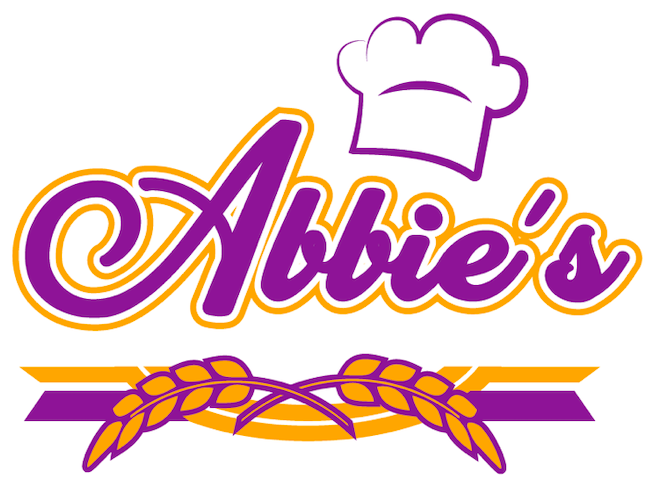Preservative-Free Bread
Preservative-free Bread
Ideally, flour, water, yeast, and salt are the only ingredients needed to make bread. However, most of our foods today, including bread, contain preservatives and additives that are harmful to our health. The common preservatives found in bread include calcium propionate, sulfites (sulfur dioxide), and propionates. These often pose numerous health risks, especially if consumed regularly. For bread lovers, baking our own bread is the ultimate solution since we will consume it when fresh.
Why is Preservative-free Bread Popular?
There is an increasing demand for preservative-free bread made of natural ingredients due to the following reasons:
● Preservatives are Harmful to Our Health
We gravitate towards preservative-free bread because we long to stay healthy. While preservatives keep bread edible for longer periods, consumption of these additives can cause long-term health problems. Some preservatives contain fatty acids, which can lead to obesity. Therefore, people looking to maintain a healthy weight and avoid diseases associated with being overweight, like heart disease, choose healthy baking.
Preservative-free bread is also popular because preservatives can trigger breathing issues like bronchitis and asthma. In addition, they can cause hyperactive behavior among kids, while excessive and sustained artificial preservatives consumption can weaken one’s heart tissues.
● Increased Demand for Foods that Remedy Ailments
Many of us avoid foods with harmful ingredients and eat more of those that promote good health. This includes choosing freshly baked bread made of natural ingredients and free of additives and preservatives.
Health Benefits of Preservative-free Bread
Preservative-free baking offers a healthy way of consuming one of the staple foods on most of our dinner tables. Healthy baking protects us from consuming harmful substances like Butylated Hydroxyanisole (BHA), a preservative used to prevent rancidity, but it is a human carcinogen. Furthermore, this antioxidant is also listed as one of the chemicals that cause cancer.
Compared to typical commercially baked bread, preservative-free bread provides more nutrients and fewer additives, ensuring we get enough fiber, carbs, minerals, vitamins, and fewer substances that could harm us.
Why Does Preservative-Free Bread Taste Better?
Preservatives tend to alter the texture and taste of bread. Preservative-free bread doesn’t have the distinct flavor and odor of preservatives, so we get to enjoy the authentic taste of bread. Also, without the preservatives, we understand that the bread won’t be suitable for consumption after a short while. We are, therefore, compelled to eat it while it is still fresh.
How To Store Preservative-Free Bread?
Buying or baking preservative-free bread is a brilliant idea, but it means we have to finish it before it spoils. Luckily, there are ways to preserve this precious food to ensure it lasts longer.
Freezing is an excellent way to keep our bread in great shape longer without interfering with the flavor or introducing any micro-organisms that could harm us, like mold. Before putting it in a freezer, we need to wrap it in foil tightly and put it in a sealed freezer-safe plastic bag.
We can also put it in an air-tight container, considering that baked food doesn’t go well when exposed to air. It is also a bad idea to refrigerate bread because it will make it dry.
Bottom Line
Eating preservative-free bread is a personal choice many of us make daily due to the multiple accrued benefits. By making this decision, we can reap the nutritional benefits of this delicious piece of food while we avoid the harmful, disease-causing preservatives.
Happy Baking - Abbie’s

